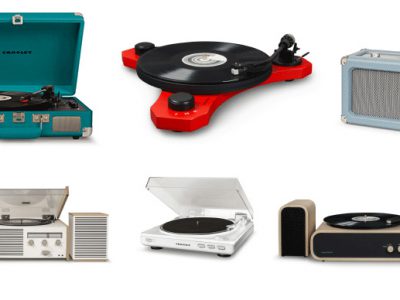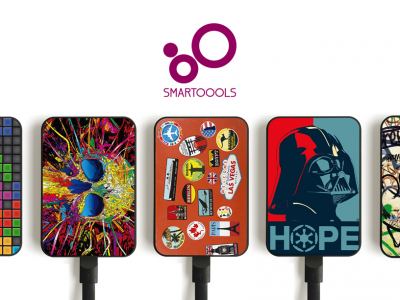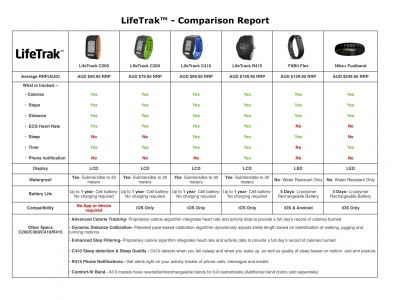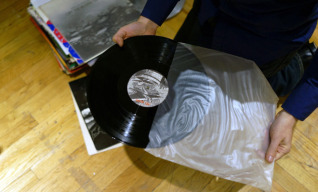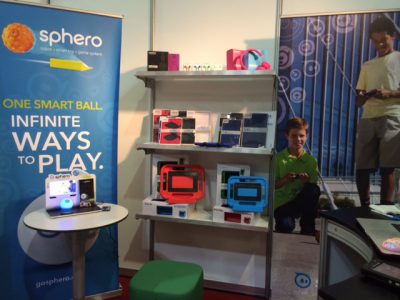Grade: A+
Teacher’s Comments: Revolutionary. Invaluable.
The word revolutionary gets thrown about quite a bit by marketers who want you to believe that their incremental improvements in a tired product line are in fact the next big thing. Indeed, the phrase is used so much as to be nearly meaningless.
But believe me when I tell you that the GolfSense is a revolutionary product. Combined with an iPhone, iPod or iPad, GolfSense allows you to record your own swing in three dimensions, offering instant feedback and a chance at self-correction. It’s an amazing example of how the little computers in our pockets (our smart phones, that is) are changing everything.
GolfSense is a small (0.6 oz) device that attaches to your glove and connects to your iPod or iPhone via bluetooth. Setup was incredibly easy, even for a complete i-novice like myself (I’ve never owned an Apple product before this). Just download the software from the App store, follow the instructions on the screen, and you’re in business.
To use the device, you select the club you’re going to use on the iPod and put it in your pocket. Then, just be sure to hold still a second or two before starting the backswing. That lets the module know you’re about to begin.
Four discrete MEMS sensors inside the module track the movement of your glove hand through the swing, picking up the path of the backswing, downswing and followthrough. With the iPhone or iPod in your pocket, it also will measure the extent of hip rotation. The device also picks up data on swing speed, face angle and tempo and makes what I think are fairly accurate distance estimations.
All of the data is then displayed graphically in the GolfSense software as a three dimensional figure that you can rotate to see from multiple angles. The swing speed is indicated at the top, and separate pages show graphical interpretations of your tempo, face angle, distance and rotation.
Not only can you see the swing data immediately after the play, but the data is stored, providing a history that can be reviewed later.
To increase the accuracy of the software, you can enter information on shaft length, type and clubface.
I have actually been wearing the device on practice rounds, reviewing each shot immediately, correlating the ball flight I can see with the images and data shown on the iPod. Thanks to GolfSense, I now have a better understanding of my swing than ever before. For example, I have known for some time that my backswing is too long, but have never before been get a proper feel for the proper length. The GolfSense lets me know immediately afterward just what I’ve done. I’ve also been able to make good use of the tempo measurements.
Jason Fass, CEO of Zepp Technologies, parent company of GolfSense, says that’s exactly what the device was meant to do: “GolfSense provides immediate feedback, allowing you to finely tune your golf swing for maximum results. Our goal was to create something that is easy to use and allows you to see an analysis of your swing like never before.”
He’s right. And there apparently are even more features coming as the company continually updates the software.
“We see the product as the total experience that you get from the two parts (sensor and software). What we want to do is to keep adding value to the free software,” Fass said.
Two things Fass says they’re working on are measurements for hand speed and wrist rotation.
Not only can you see the swing data immediately after the play, but the data is stored, providing a history that can be reviewed later.
To increase the accuracy of the software, you can enter information on shaft length, type and clubface.
I have actually been wearing the device on practice rounds, reviewing each shot immediately, correlating the ball flight I can see with the images and data shown on the iPod. Thanks to GolfSense, I now have a better understanding of my swing than ever before. For example, I have known for some time that my backswing is too long, but have never before been get a proper feel for the proper length. The GolfSense lets me know immediately afterward just what I’ve done. I’ve also been able to make good use of the tempo measurements.
Jason Fass, CEO of Zepp Technologies, parent company of GolfSense, says that’s exactly what the device was meant to do: “GolfSense provides immediate feedback, allowing you to finely tune your golf swing for maximum results. Our goal was to create something that is easy to use and allows you to see an analysis of your swing like never before.”
He’s right. And there apparently are even more features coming as the company continually updates the software.
“We see the product as the total experience that you get from the two parts (sensor and software). What we want to do is to keep adding value to the free software,” Fass said.
Two things Fass says they’re working on are measurements for hand speed and wrist rotation.
GolfSense was developed by engineer named Robin Han who was with the Microsoft Ph.D. research program in Bejing working on sensory array projects. Soon, however, Han decided that he wanted to leave and create his own motion engine for sensors. While it is obvious that these sensors could be used in a wide variety of sports—baseball and tennis come immediately to mind—golf is the one Han decided to develop first.
“We love that golfers desire to try new technologies and to be on the cutting edge,” Fass said. “It all fit.”
The sensors that Han developed for GolfSense record 200 data points on each swing. The devices measurements are accurate to within 3 mph, and the 3-D rendering is accurate to within 5 percent. That’s more than good enough for any golfer to get a workable sense of their swing.
Fass says—and I agree—that this won’t replace golf professionals. However, it’s absolutely the next best thing. And when used in conjunction—say, as immediate feedback between lessons—I think this is an invaluable product.






